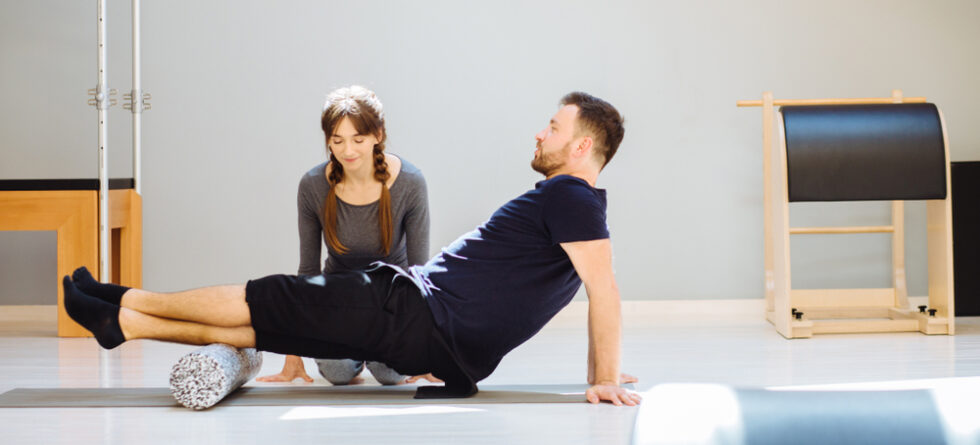Fascia therapy, also known as myofascial release or fascial manipulation, is a form of bodywork that focuses on releasing tension and restrictions within the fascia, a network of connective tissues that surrounds muscles, bones, nerves, and organs throughout the body. Fascia therapy aims to improve mobility, alleviate pain, enhance function, and promote overall well-being by addressing imbalances or dysfunctions within the fascial system.
Here’s how fascia therapy works and some common techniques used in practice…
- Understanding Fascia – Fascia is a complex web of collagen fibers that provide structural support and facilitate communication between different parts of the body. It surrounds and penetrates every muscle, bone, organ, and nerve, forming a continuous network that influences movement, posture, and overall body mechanics.
- Assessment – Fascia therapists typically begin by conducting a thorough assessment to identify areas of tension, restriction, or dysfunction within the fascial system. This may involve observing posture, movement patterns, and areas of pain or discomfort, as well as palpating the tissues to locate areas of tightness or adhesions.
- Hands-On Techniques – Fascia therapy involves a variety of hands-on techniques designed to release fascial restrictions, improve tissue mobility, and restore optimal function. These techniques may include:
- Myofascial Release – Gentle sustained pressure is applied to specific areas of tension or restriction in the fascia to encourage elongation, softening, and release of tightness.
- Trigger Point Therapy – Pressure is applied to localized areas of muscle tension or “trigger points” to alleviate pain, improve circulation, and promote relaxation within the fascial system.
- Fascial Stretching – Passive or active stretching techniques are used to mobilize and lengthen the fascia, increasing flexibility, range of motion, and joint mobility.
- Instrument-Assisted Techniques – Tools such as foam rollers, massage balls, or specialized instruments may be used to apply pressure and friction to the fascia, facilitating release and breaking up adhesions.
- Manual Manipulation – Hands-on manipulation techniques, such as skin rolling, twisting, or traction, may be employed to mobilize and reposition the fascial layers, promoting better alignment and movement mechanics.
- Integration and Movement – Fascia therapy often incorporates movement-based exercises and functional activities to help integrate the changes achieved during treatment into daily movement patterns. This may include corrective exercises, postural re-education, and movement retraining to improve body awareness, stability, and coordination.
- Holistic Approach – Fascia therapy takes a holistic approach to addressing physical, emotional, and energetic aspects of health and well-being. Practitioners consider the interconnectedness of the body-mind system and may incorporate mindfulness, breathwork, and relaxation techniques to enhance the therapeutic effects of treatment.
Fascia therapy works by releasing tension and restrictions within the fascial system, restoring optimal tissue mobility and function, and promoting a sense of balance and well-being throughout the body. It can be beneficial for alleviating chronic pain, improving movement efficiency, enhancing athletic performance, and supporting overall health and vitality.




